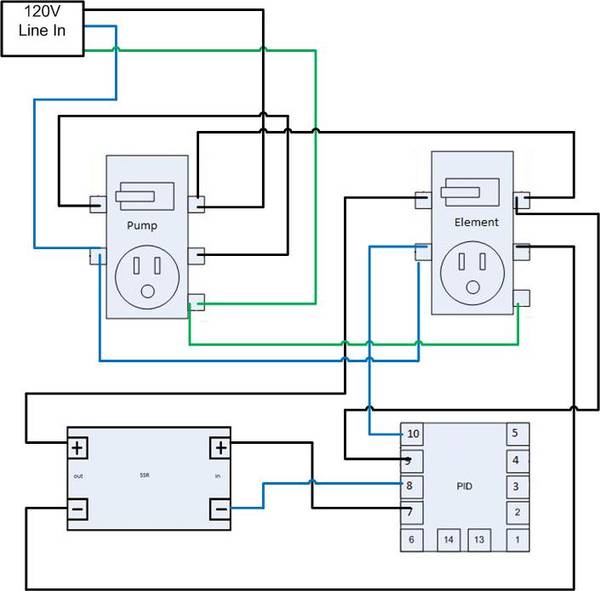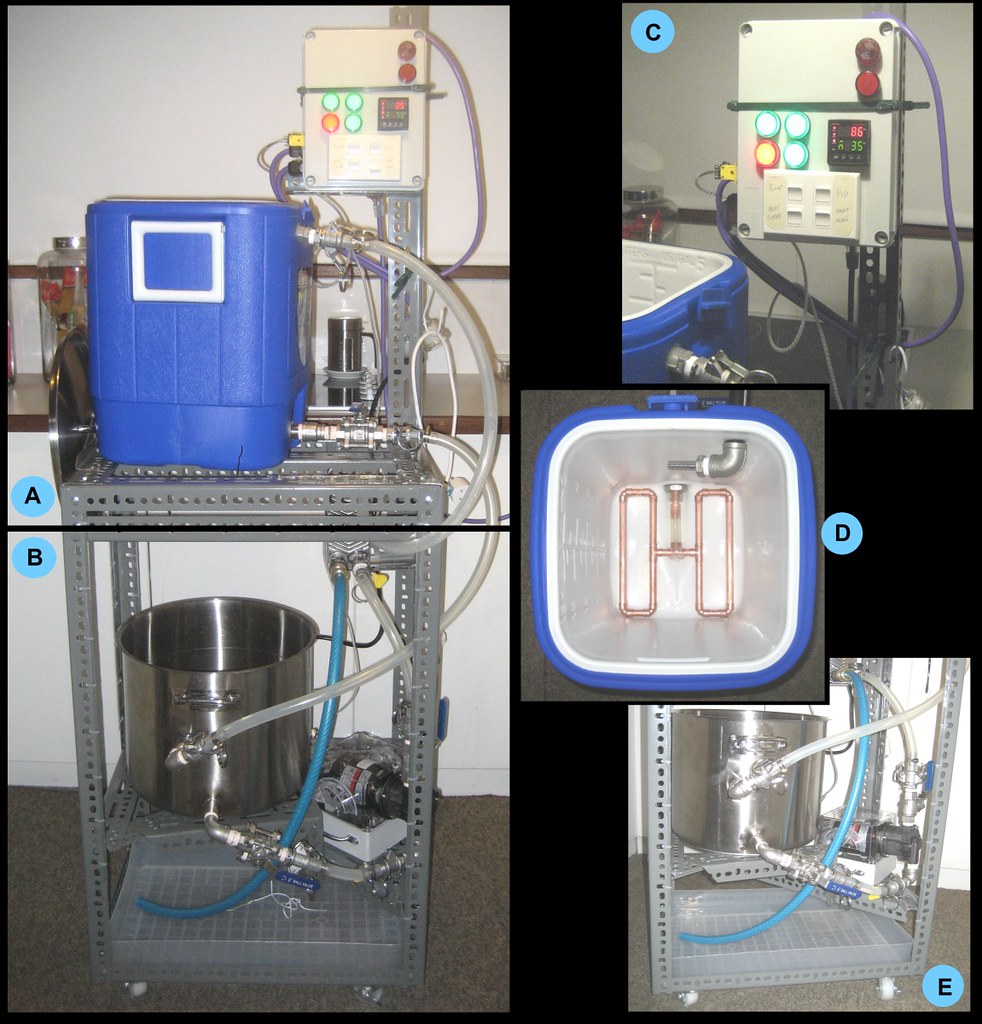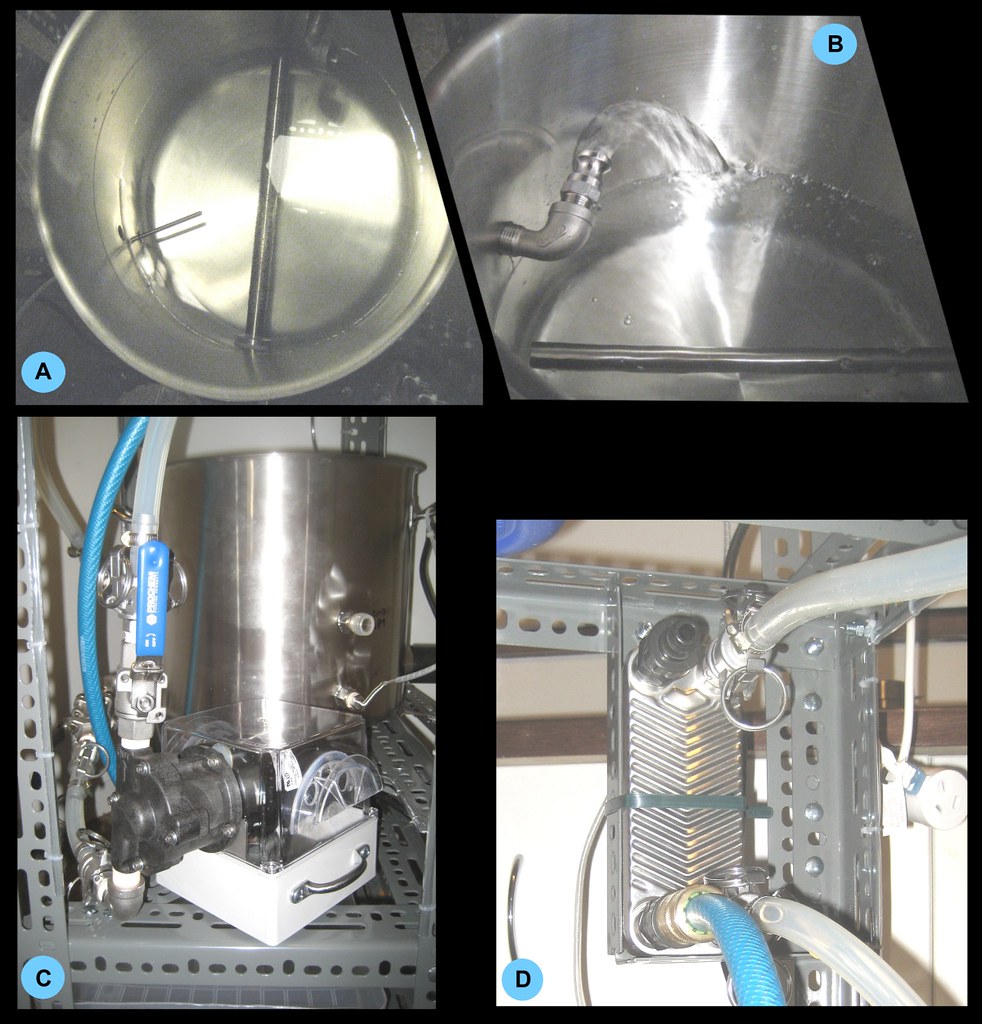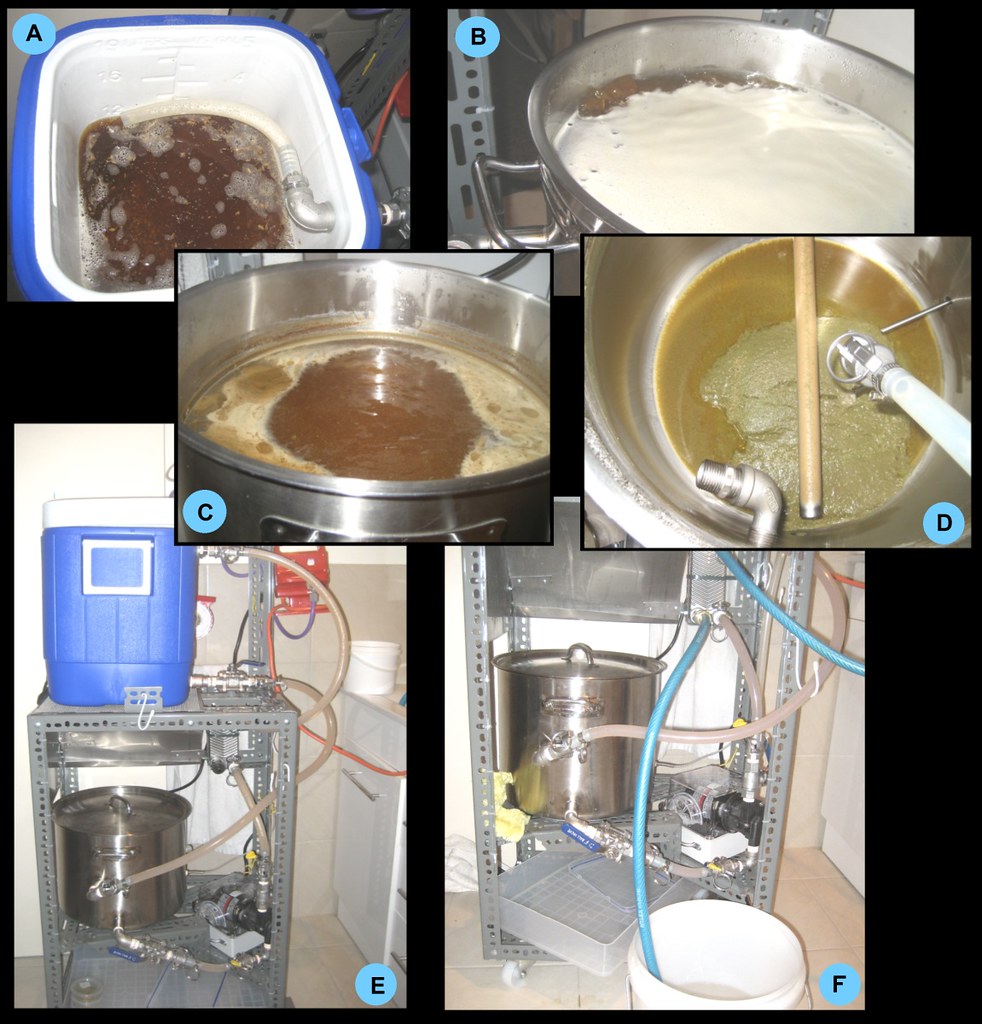Hi Jeff and All,
Finished my version not long ago after starting with collecting and
ordering parts over a year ago after seeing the BYO article.
The major difference in my version is use of a plate chiller instead
of an IC. I have a fairly detailed build log in
THIS article for anyone
interested (has heaps more photos - though you have to be a member
of
www.aussiehomebrewer.com in order to access the article).
Have lots of questions needing answers to of course and still in the
stage of learning how to use my system - have done two brews on
it so far and both really used a kind of batch sparging rather than
recirculation.
To address the efficiency issues with a CRDFM system, I'm playing
with draining off a few quarts of the really high gravity first runnings
before recirculating the sparge (the first runnings get added to the
boil when sparging is done). The idea is that recirculating with lower
gravity runnings to sparge would draw out more sugars - would be
good if I can get this technique to work.
Cheers,
Tom.



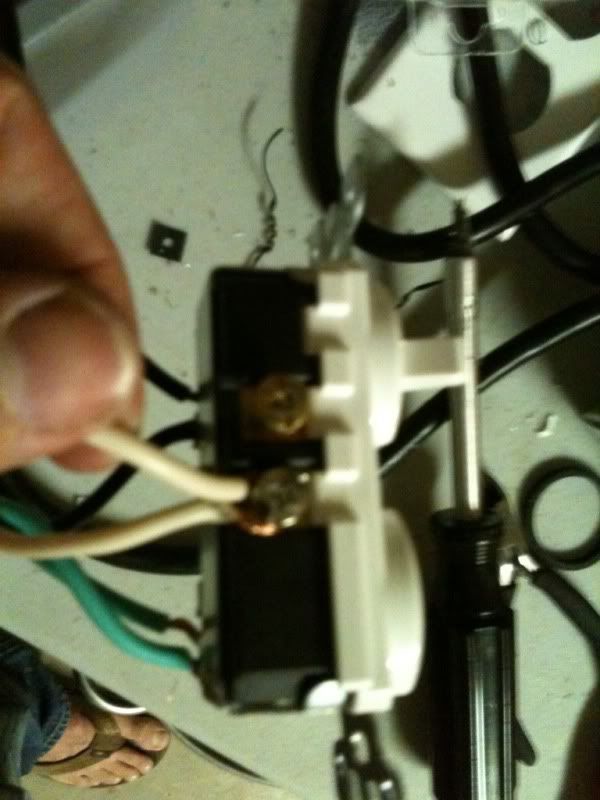
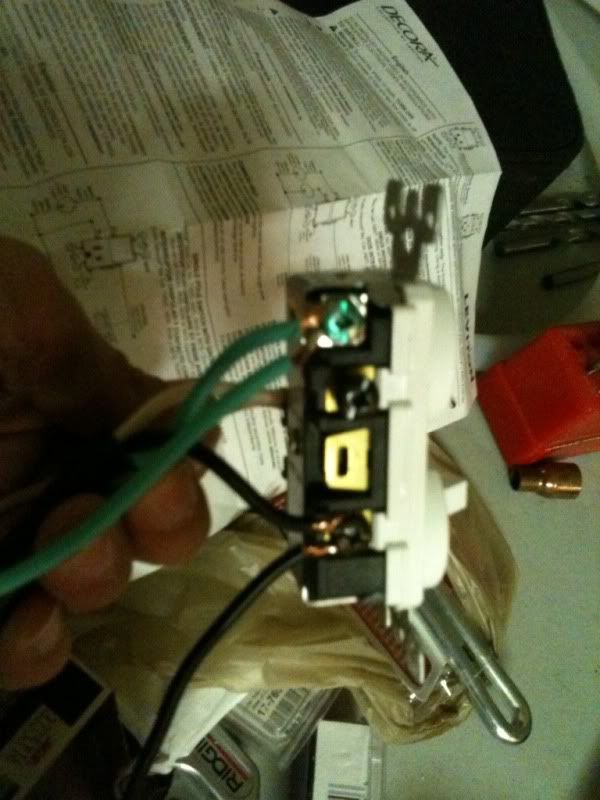
 Cheers
Cheers